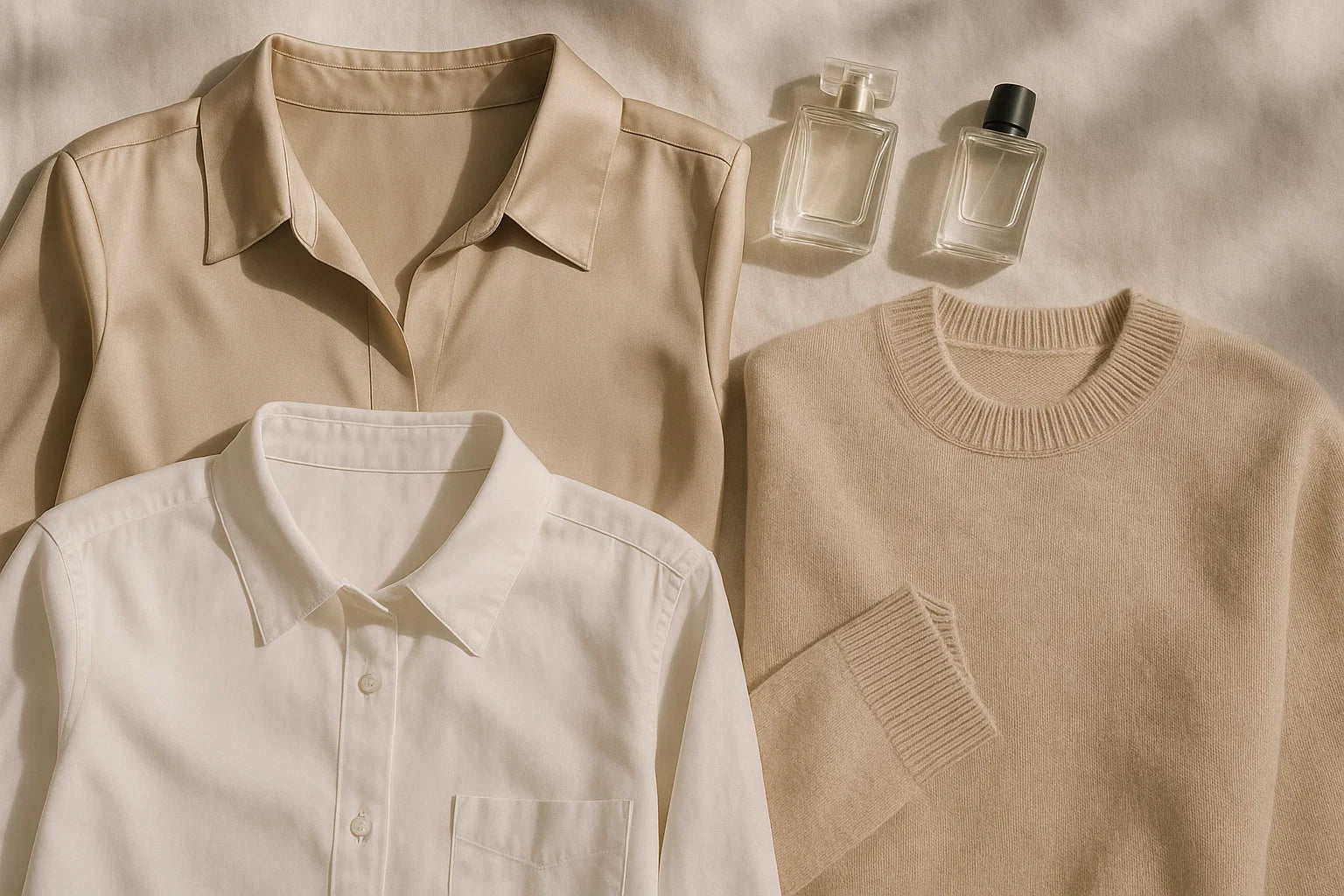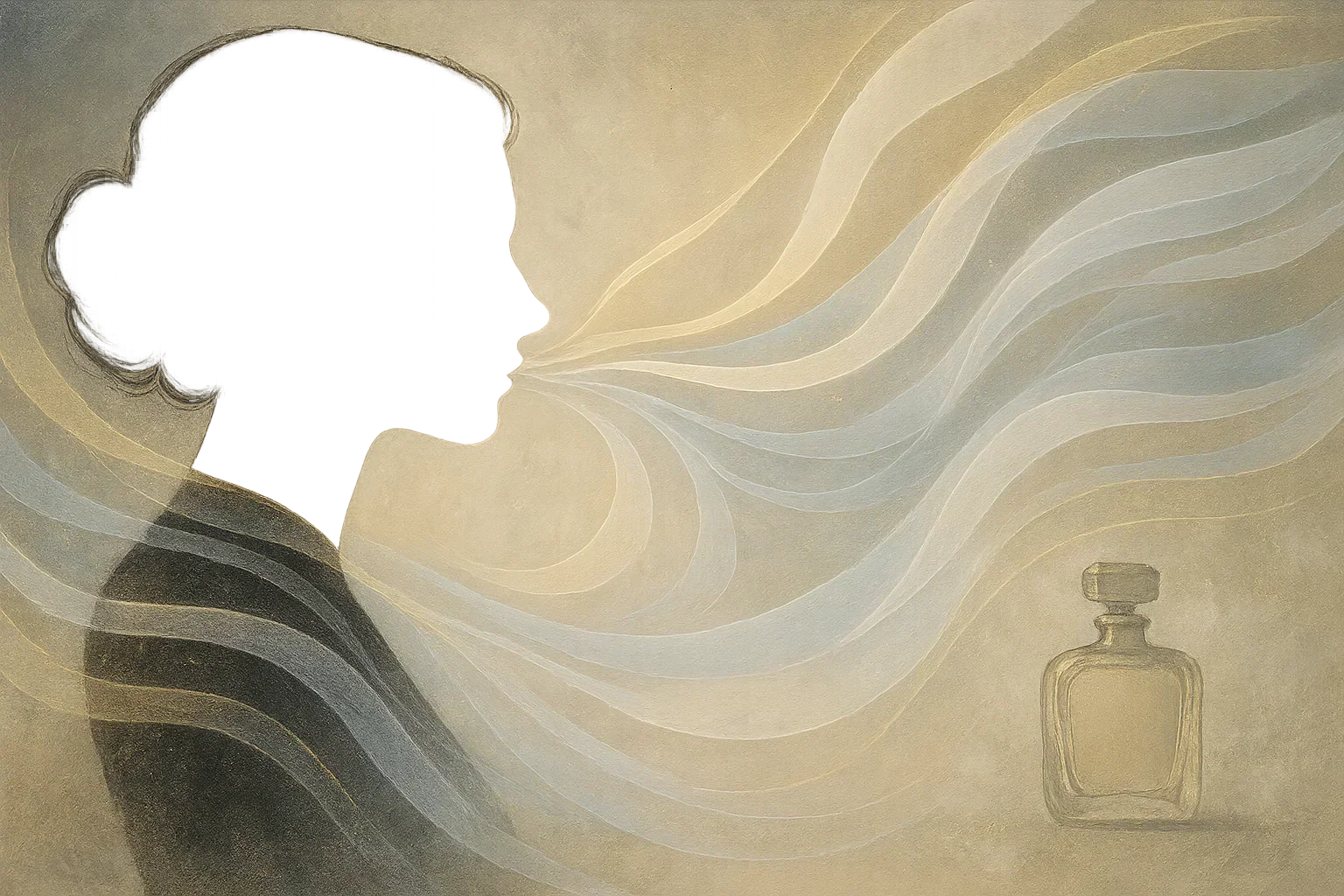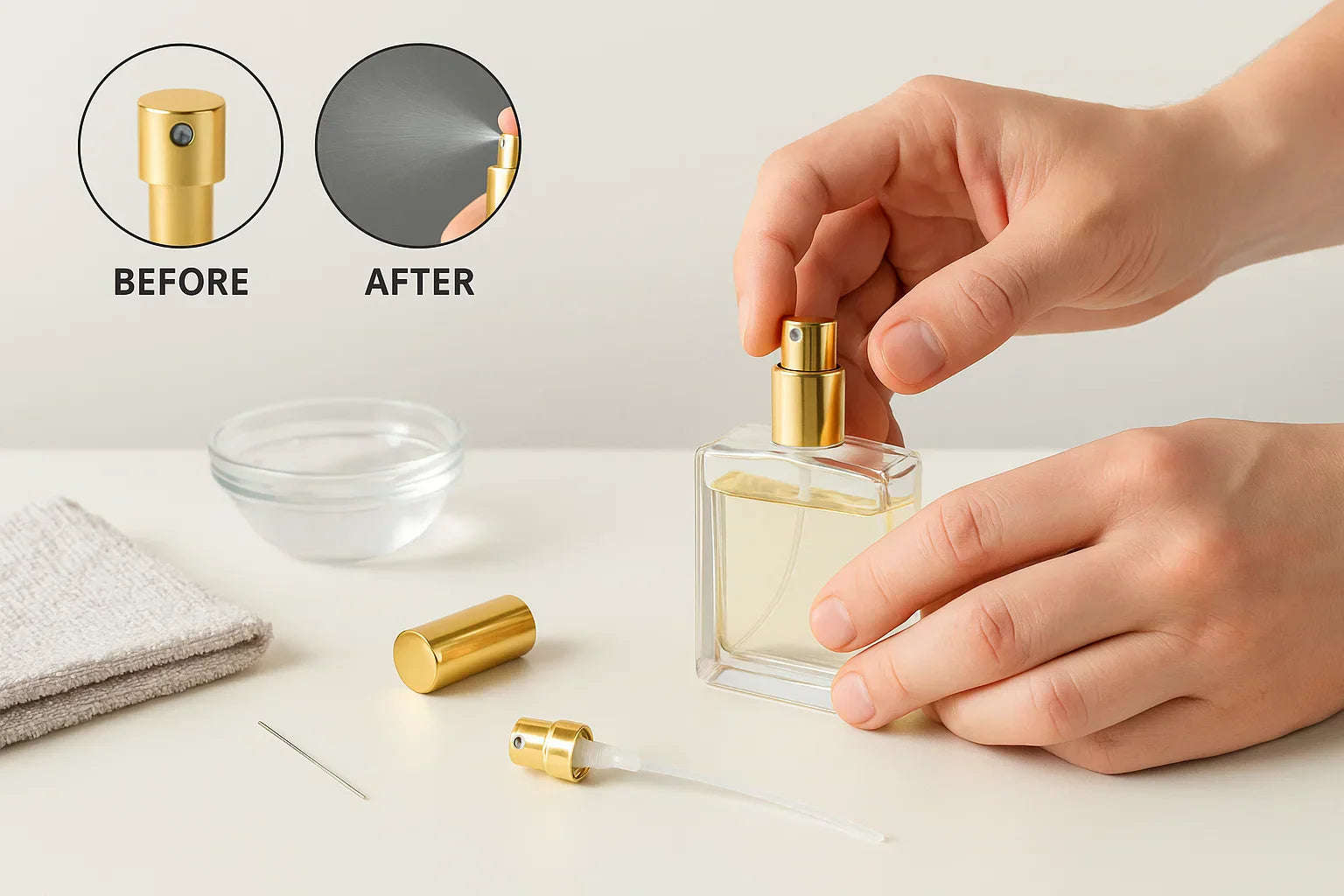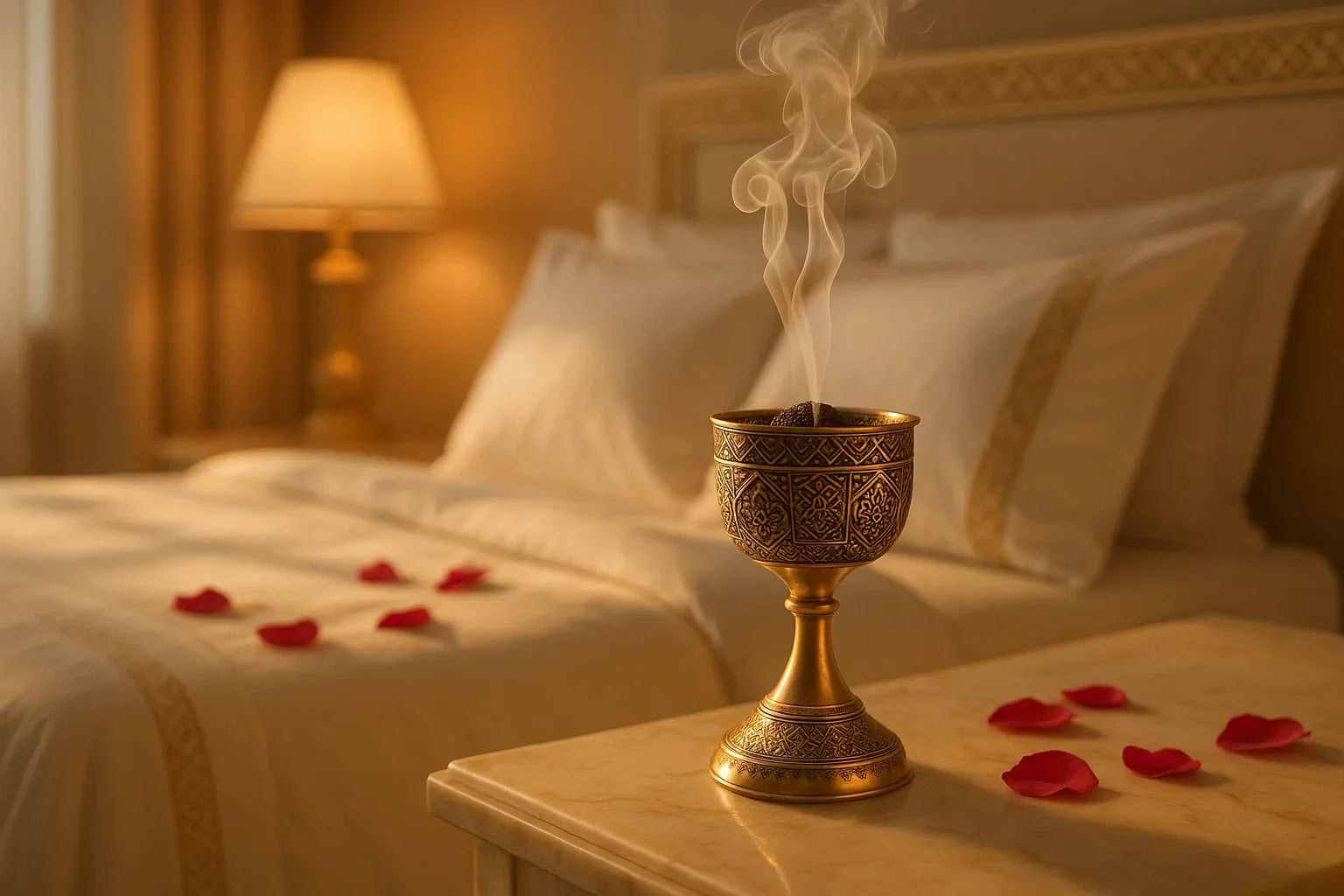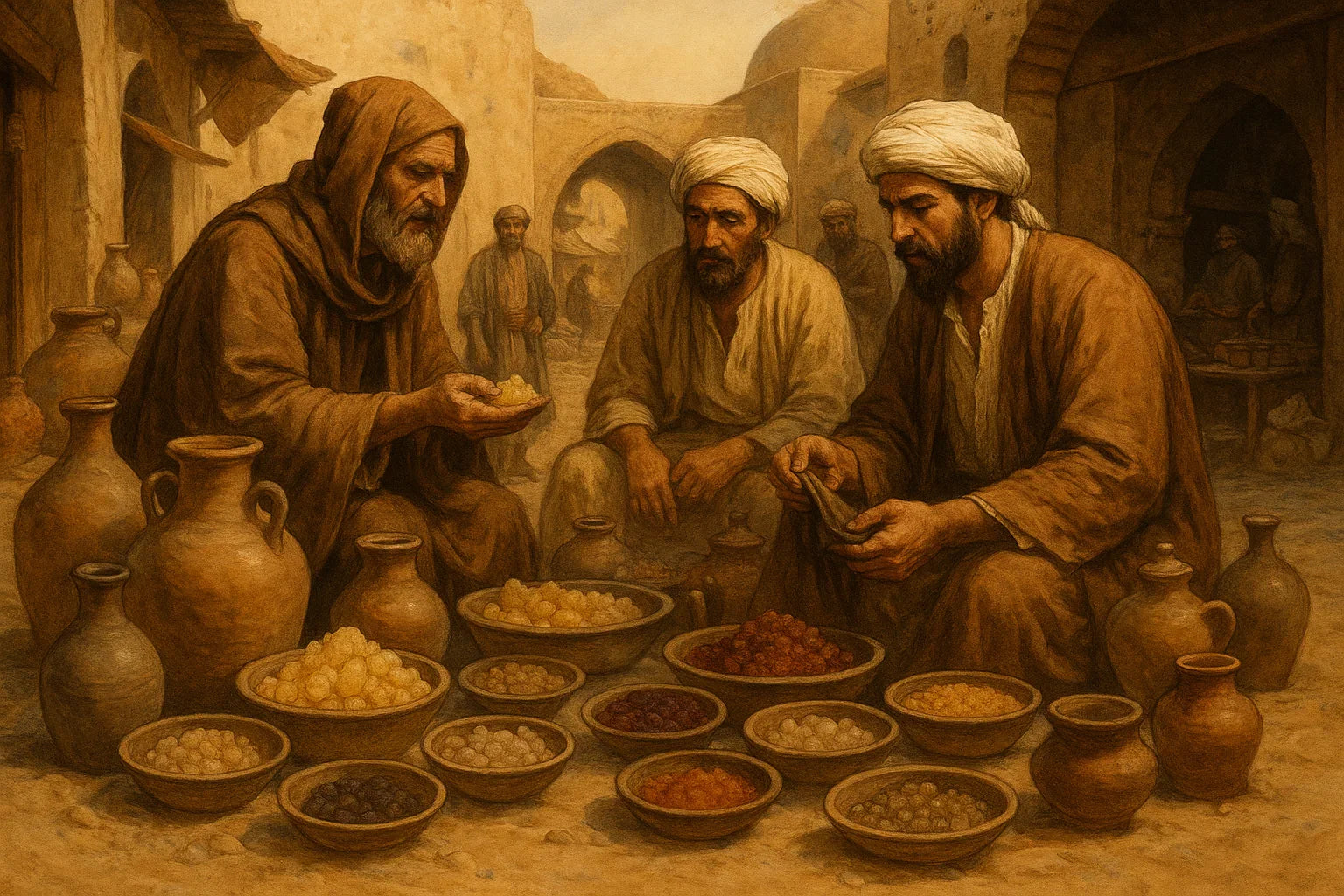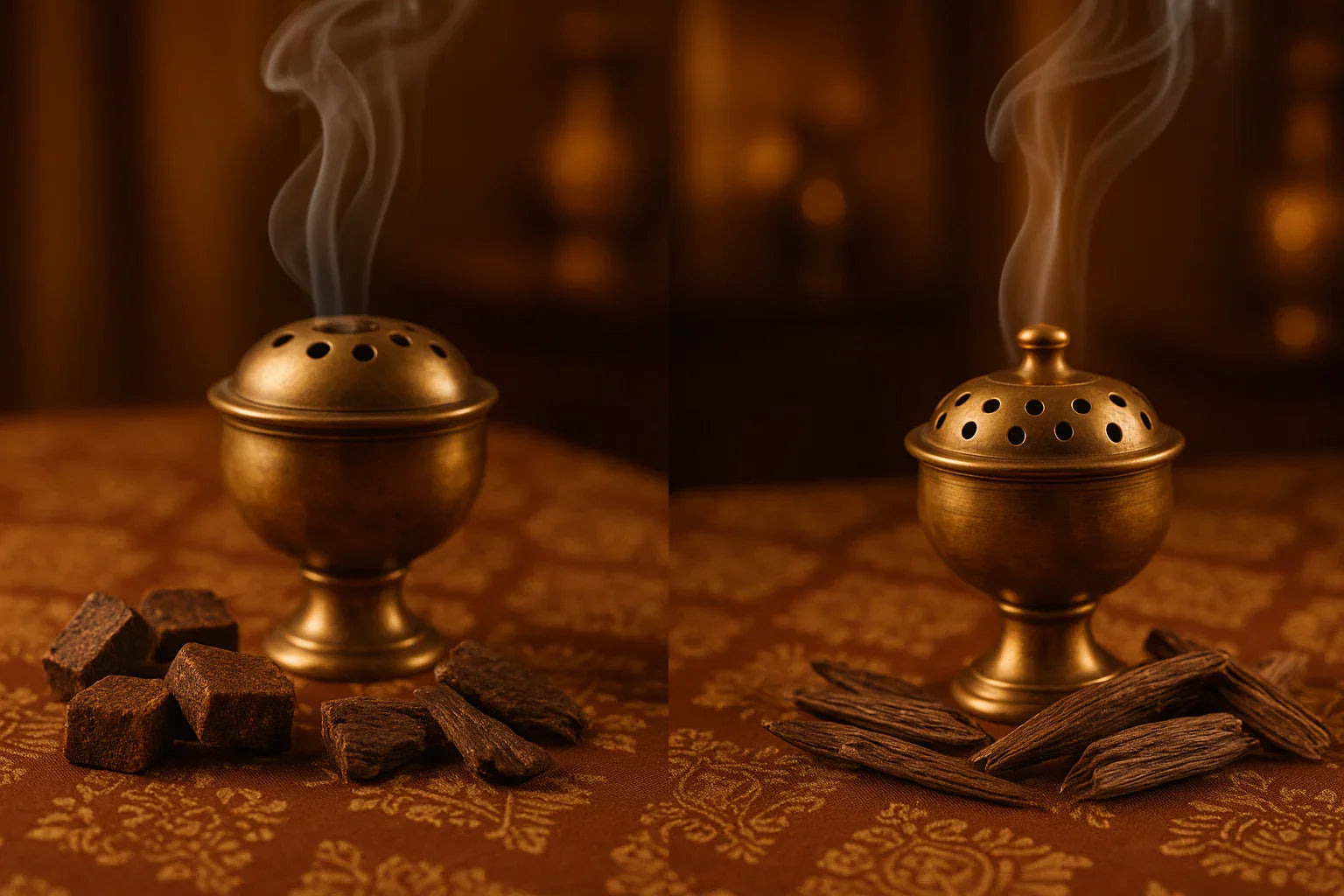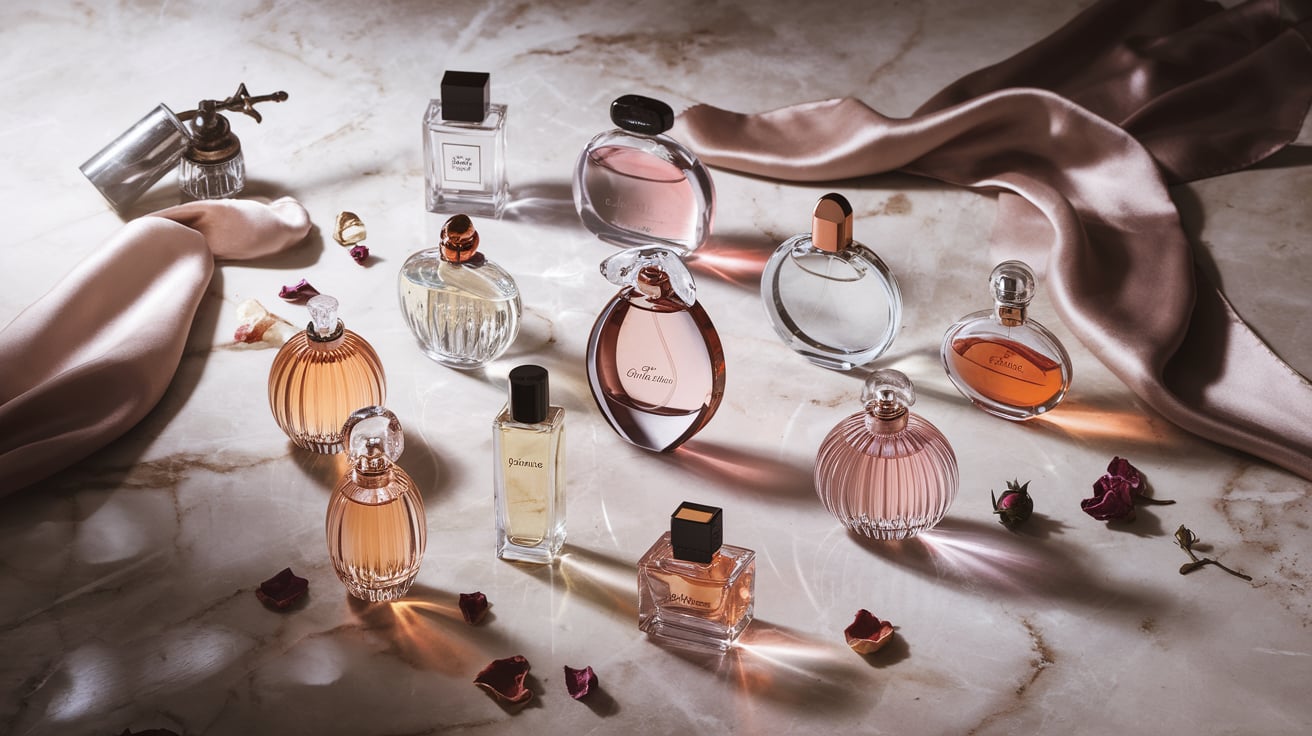
What is the Difference Between Perfume and Fragrance? Understanding the World of Scents
Introduction: The Confusion Between Perfume and Fragrance
Have you ever stood in front of a fragrance counter, overwhelmed by terms like "parfum," "eau de toilette," and "cologne," wondering what exactly sets them apart? You're not alone. The terminology surrounding scents can be confusing, with many people using "perfume" and "fragrance" interchangeably. However, understanding the difference between these terms is crucial for making informed purchases and getting the most value from your scent collection.
At Wani Perfumes, we believe that knowledge empowers better choices. This comprehensive guide will clarify what is the difference between perfume and fragrance, helping you navigate the world of scents with confidence.
Defining Fragrance: The Umbrella Term
Fragrance is the comprehensive term that encompasses all scented products. Think of it as the master category under which all scented formulations fall. A fragrance can refer to:
- Personal scents (perfumes, colognes, body sprays)
- Home scents (candles, diffusers, room sprays)
- Functional scents (in cosmetics, cleaning products, etc.)
The word "fragrance" comes from the Latin "fragrantia," meaning "scent." In the industry, it refers to any composition of aromatic raw materials, whether natural (essential oils, absolutes, etc.) or synthetic (aroma chemicals), designed to impart a pleasant scent.
Fragrances serve various purposes beyond simply smelling good. They can:
- Evoke emotions and memories
- Influence mood and perception
- Express personality and style
- Mask unpleasant odors
- Create ambiance in a space
Understanding Perfume: A Specific Type of Fragrance
Perfume, on the other hand, is a specific type of fragrance. The term "perfume" (or "parfum" in French) traditionally refers to the most concentrated form of fragrance available for personal use. Derived from the Latin phrase "per fumum," meaning "through smoke," it harkens back to the ancient practice of burning aromatic materials to release their scent.
In the strictest sense, perfume (parfum) contains:
- The highest concentration of aromatic compounds (typically 20-30%)
- A mixture of essential oils, aroma chemicals, and fixatives
- The longest-lasting scent profile among fragrance types
- The highest price point due to its concentration and quality of ingredients
This distinction is crucial when answering what is the difference between perfume and fragrance – perfume is a subset of fragrance, not an equivalent term.
Key Differences Between Perfume and Fragrance
To clearly understand what is the difference between perfume and fragrance, let's examine their key distinctions:
| Aspect | Fragrance | Perfume |
|---|---|---|
| Definition | Umbrella term for all scented products | A specific, highly concentrated form of fragrance |
| Scope | Includes all scented products across categories | Limited to the highest concentration personal scents |
| Concentration | Varies widely (1-30% aromatic compounds) | Typically 20-30% aromatic compounds |
| Longevity | Varies by type | 6-24 hours (longest lasting) |
| Price | Varies widely | Generally highest among personal scents |
| Usage | Broad term used across industries | Specific product type in personal fragrances |
This table helps visualize the hierarchical relationship: perfume is a type of fragrance, but not all fragrances are perfumes.
Fragrance Concentration Levels Explained
One of the most significant aspects of what is the difference between perfume and fragrance relates to concentration levels. The fragrance industry categorizes personal scents based on their concentration of aromatic compounds dissolved in a solvent (usually alcohol).
From highest to lowest concentration:
Parfum (Extrait de Parfum)
- Concentration: 20-30% aromatic compounds
- Longevity: 6-24 hours
- Characteristics: Richest, most intense scent expression
- Best for: Special occasions, evening wear, and those who prefer subtle application with maximum impact
- Application: A small dab is sufficient; typically applied to pulse points
Eau de Parfum (EDP)
- Concentration: 15-20% aromatic compounds
- Longevity: 5-8 hours
- Characteristics: Rich but slightly lighter than parfum, excellent projection
- Best for: Daily wear for those who prioritize longevity, professional settings
- Application: 2-3 sprays adequate for most situations
Eau de Toilette (EDT)
- Concentration: 5-15% aromatic compounds
- Longevity: 3-5 hours
- Characteristics: Lighter, fresher interpretation of a scent
- Best for: Daytime wear, office environments, warmer months
- Application: May require reapplication during the day; typically 3-4 sprays
Eau de Cologne (EDC)
- Concentration: 2-4% aromatic compounds
- Longevity: 2-3 hours
- Characteristics: Light, refreshing, often citrus-based
- Best for: Hot weather, casual settings, after exercise
- Application: Can be applied more liberally; often requires reapplication
Eau Fraiche
- Concentration: 1-3% aromatic compounds
- Longevity: 1-2 hours
- Characteristics: Very light, subtle, often used as body mists
- Best for: Subtle freshening up, layering with other products
- Application: Can be sprayed liberally without overwhelming
Understanding these concentration levels is essential when considering what is the difference between perfume and fragrance, as it affects not only the intensity and longevity of the scent but also how it should be applied and when it should be worn.
How Fragrances are Crafted
The creation of a fragrance, whether it's a perfume or another form, is both an art and a science. Professional perfumers (also called "noses") blend various ingredients to create harmonious compositions.
The ingredients used in fragrance creation include:
-
Natural ingredients:
- Essential oils (extracted from plants via distillation)
- Absolutes (extracted using solvents)
- Resins and balsams (natural plant secretions)
- Animal-derived ingredients (though many modern fragrances use synthetic alternatives)
-
Synthetic ingredients:
- Aroma chemicals (molecules that mimic natural scents)
- Unique molecules that don't exist in nature
- Fixatives that help the fragrance last longer
At Wani Perfumes, we carefully select ingredients that provide both exquisite scent profiles and ethical sourcing. When considering what is the difference between perfume and fragrance, it's worth noting that higher-end perfumes often contain more rare and expensive natural ingredients, contributing to their higher price point.
The Structure of a Fragrance
Another aspect of what is the difference between perfume and fragrance involves understanding fragrance structure. All sophisticated fragrances, regardless of concentration, feature a three-part structure that unfolds over time:
-
Top Notes (or Head Notes):
- The first impression of a fragrance
- Light, volatile molecules that evaporate quickly (15-30 minutes)
- Often citrus, light fruits, or fresh herbs
- Create the initial impact but don't determine the lasting character
-
Middle Notes (or Heart Notes):
- Emerge as the top notes fade
- The main character of the fragrance
- Last for 2-4 hours
- Often floral, fruity, or spicy elements
- Forms the core identity of the scent
-
Base Notes:
- The foundation that remains after middle notes fade
- Heavy, long-lasting molecules
- May take an hour to develop fully but can last 6+ hours
- Often woody, musky, amber, or vanilla notes
- Provides depth and staying power
This three-tier structure exists in all fragrance concentrations, but higher concentrations (like perfume) will have more pronounced base notes and overall longevity.
Common Fragrance Families
When exploring what is the difference between perfume and fragrance, it's important to understand that both exist within fragrance families. These classifications help categorize scents by their dominant characteristics:
-
Floral:
- Dominated by flower scents (rose, jasmine, lily, etc.)
- The largest and most popular family
- Ranges from single floral ("soliflore") to complex bouquets
- Examples: Chanel No. 5, Dior J'adore
-
Oriental:
- Warm, spicy, sweet, and often exotic
- Features vanilla, amber, resins, and spices
- Rich, sensual, and often suitable for evening wear
- Examples: YSL Opium, Guerlain Shalimar
-
Woody:
- Centered around wood notes like sandalwood, cedar, and vetiver
- Often sophisticated and elegant
- Popular in unisex and masculine fragrances
- Examples: Chanel Egoiste, Tom Ford Oud Wood
-
Fresh:
- Clean, vibrant scents including citrus, aquatic, and green notes
- Light and invigorating
- Excellent for daytime and warm weather
- Examples: Acqua di Parma Colonia, Issey Miyake L'Eau d'Issey
At Wani Perfumes, we create fragrances across multiple families, allowing you to find the perfect match for your preferences and occasions.
How to Choose Between Perfume and Other Fragrance Types
Selecting between perfume and other fragrance concentrations depends on several factors:
Consider perfume (parfum) when:
- You want maximum longevity without reapplication
- You prefer applying small amounts with significant impact
- You're attending a special occasion or evening event
- You want the richest, most complex version of a scent
- You have sensitive skin (higher oil content, lower alcohol)
Consider eau de parfum when:
- You want good longevity for daily wear
- You need something that lasts a full workday
- You're looking for a versatile option for various occasions
- You want good value combined with quality
Consider eau de toilette or cologne when:
- You want a lighter, fresher interpretation for daytime
- You're in hot weather conditions
- You're in settings where a subtle scent is appropriate
- You want to be economical with regular application
- You prefer to reapply throughout the day
Understanding what is the difference between perfume and fragrance empowers you to make these choices confidently.
Price Differences: Why Do They Vary?
Price variation between perfume and other fragrance types stems from several factors:
- Concentration: Higher concentrations of aromatic compounds mean more expensive ingredients per bottle.
- Quality of ingredients: Premium perfumes often use more natural and rare ingredients.
- Craftsmanship: The expertise involved in creating a balanced, complex composition.
- Brand positioning: Luxury and niche brands command premium prices.
- Packaging: Crystal bottles, hand-finishing, and artistic design elements.
At Wani Perfumes, we strive to provide exceptional value at each concentration level, ensuring that regardless of your choice, you receive a quality product that meets our standards for excellence.
How to Apply Different Types of Fragrances
Application techniques differ depending on concentration:
For perfume (parfum):
- Use sparingly – a small dab or single spray is often sufficient
- Apply to pulse points: wrists, behind ears, base of throat
- Avoid rubbing, which can damage the scent molecules
- Consider the "vault technique" – applying behind knees or at the navel for subtle diffusion
For eau de parfum:
- 2-3 sprays distributed across pulse points
- Can be applied to clothes with caution (may stain some fabrics)
- Apply 15-20 minutes before leaving home for optimal development
For eau de toilette and cologne:
- Apply more liberally (3-5 sprays)
- Consider the "walking mist" technique – spray in front and walk through
- May need reapplication throughout the day
- Ideal for spraying on clothes for better longevity
Understanding these nuances of what is the difference between perfume and fragrance helps ensure you get the most from your scent investment.
Seasonal Considerations for Fragrance Selection
The concentration you choose should also consider seasonal factors:
Summer and hot climates:
- Lower concentrations (EDT, cologne) often perform better
- Heat amplifies fragrance, so lighter applications are advisable
- Fresh, citrus, and aquatic notes tend to shine
Winter and cold climates:
- Higher concentrations (perfume, EDP) combat the scent-suppressing effects of cold
- Richer, warmer notes project better in cold conditions
- Longer-lasting formulations compensate for multiple layers of clothing
This seasonal approach to understanding what is the difference between perfume and fragrance helps you build a versatile collection.
Fragrance Terminology You Should Know
Beyond understanding what is the difference between perfume and fragrance, these terms will help you navigate the scent world:
- Sillage: The trail of scent left behind as you move
- Projection: How far the fragrance radiates from your skin
- Accord: A blend of notes that create a new, unified scent impression
- Dry down: The final phase of fragrance development after all volatile compounds have evaporated
- Niche fragrances: Scents from smaller, specialized houses focusing on unique compositions
- Designer fragrances: Scents from fashion houses and mainstream brands
- Attars: Oil-based fragrances without alcohol, common in Middle Eastern perfumery
- Soliflore: A fragrance highlighting a single flower note
Conclusion: Making an Informed Choice
Understanding what is the difference between perfume and fragrance isn't just about terminology – it's about making informed choices that enhance your personal style and maximize value. Perfume represents the most concentrated form of fragrance, offering the richest expression of a scent and the longest wear time. Other fragrance types provide different benefits, from the freshness of an eau de toilette to the versatility of an eau de parfum.
At Wani Perfumes, we believe that fragrance is a form of self-expression. Whether you choose a perfume for its intensity and longevity or an eau de toilette for its lightness and versatility, understanding these differences ensures you'll find the perfect match for your preferences, occasions, and budget.
We invite you to explore our collection of expertly crafted fragrances across various concentration levels, each designed to provide a unique olfactory experience that resonates with your individual style.
FAQs About Perfume and Fragrance
Q: Is perfume better than other fragrance types? A: Not necessarily better – just different. Perfume offers higher concentration and longevity, but lighter concentrations may be preferred for certain occasions or seasons.
Q: Why is perfume more expensive than eau de toilette? A: Perfume contains a higher concentration of aromatic compounds, which are the most expensive components of a fragrance formula.
Q: How long does perfume last compared to other fragrance types? A: Perfume (parfum) typically lasts 6-24 hours, eau de parfum 5-8 hours, eau de toilette 3-5 hours, and cologne 2-3 hours on skin.
Q: Should I own both perfume and lighter fragrance versions? A: Ideally, yes. Having different concentrations allows versatility for different occasions, seasons, and settings.
Q: Are natural fragrances better than synthetic ones? A: Not necessarily. Both have advantages – natural ingredients offer complexity and tradition, while synthetics provide consistency, novelty, and often avoid sustainability issues.
Q: How should I store my perfumes and fragrances? A: All fragrance types should be stored away from heat, light, and humidity – ideally in their original boxes in a cool, dark place.
This article was crafted to help clarify what is the difference between perfume and fragrance. At Wani Perfumes, we're committed to educating our customers so they can make informed decisions about their fragrance choices.
Discover our collection of exquisite fragrances at waniperfumes.ca.
